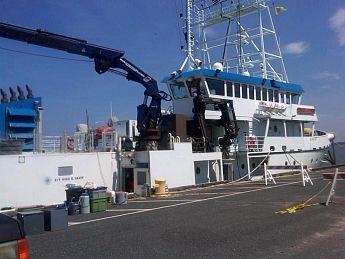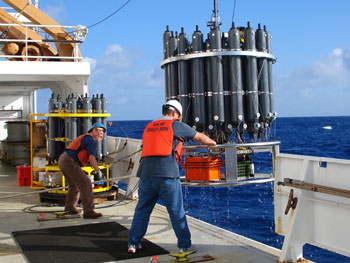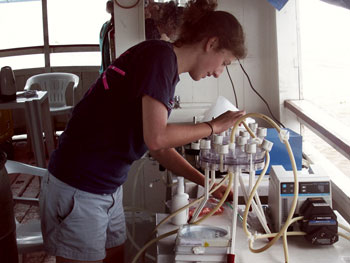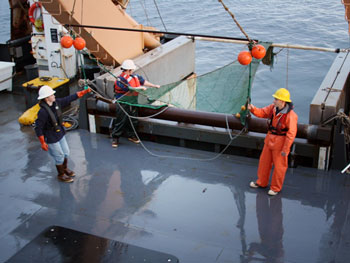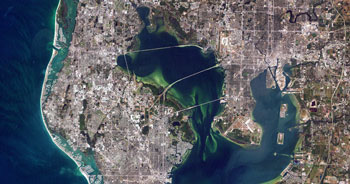How are food webs changing?
Changes in aquatic food webs have been observed worldwide. One recognized change is that food webs are shifting toward dominance of microbes and gelatinous zooplankton (i.e. jellyfish), often accompanied by a decrease in the quantity of other animals, including commercially important fish species. Human activities are among the important factors that can cause such changes in food webs. Increases in the nutrients coming into aquatic ecosystems can change the type and amount of phytoplankton occurring at the food web base, a process called eutrophication. Conversely, overfishing can result in a decrease in the number of predators at the top of the food web.
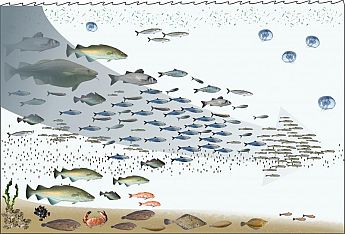
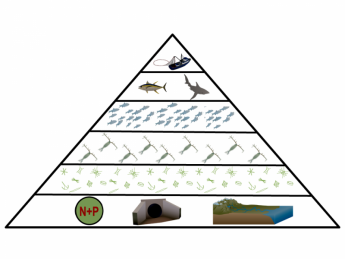
It is important to study natural ecosystems to gain an understanding of the environmental impacts of human activities, and to predict future environmental changes resulting from these activities. Because humans can drastically alter their environments, and further because of the large size of Earth’s human population, our activities can have potentially drastic impacts on ecosystems. The short and long-term effects of habitat destruction and overfishing are of major concern for maintaining healthy aquatic ecosystems. Scientists strive to understand the inner workings of natural ecosystems to determine the extent of our impacts on the current and future environment.
How do scientists study aquatic organisms to determine change in their environment?
Scientists study aquatic food webs by collecting samples of different organisms, from bacteria, to phytoplankton, zooplankton and fish. Ocean scientists, called oceanographers, board research vessels to collect samples at different depths in the water and under various environmental conditions including dissolved oxygen, temperature, and salinity. Different methods are used to collect different organisms. For smaller organisms such as bacteria, water samples are collected and a measured amount of water is filtered to collect the bacteria. For larger sized zooplankton and fish, scientists tow nets from the research vessels, collecting the animals by filtering them directly out of the water column.
